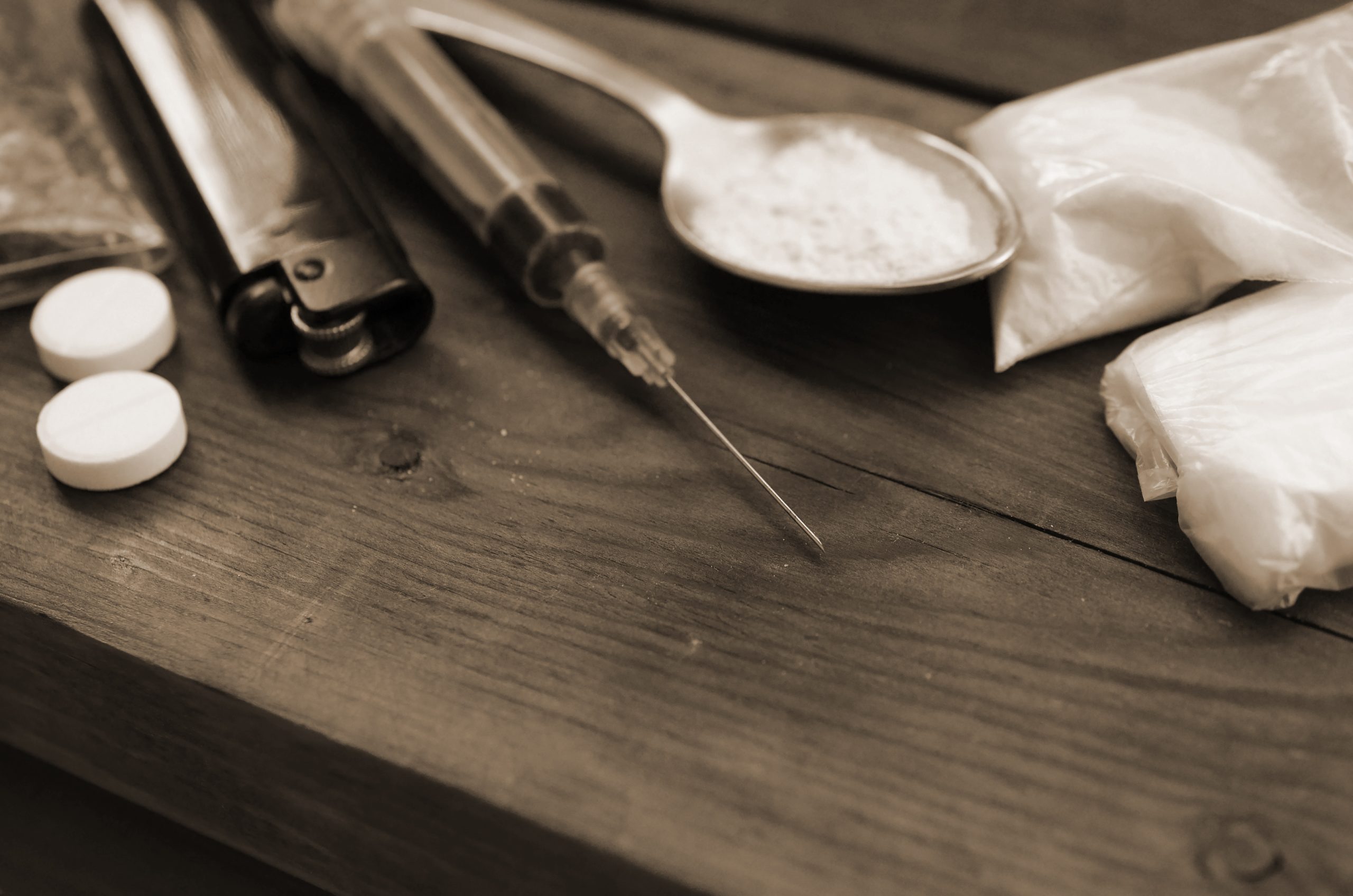According to federal officials, xylazine was also a factor in 10% of drug overdose deaths in Connecticut the year before and 19% of all overdose deaths in Maryland in 2021.
Substance-abuse field epidemiologist, Jen Shinefeld, said that xylazine usage results in ulcers and sores on users’ bodies, which significantly increases the risk of soft-tissue infections, bone disease, and amputations.
Additionally, she said, the drug decreases blood flow and renders the user unconscious, weakening the body’s capacity to recover. Although tranq causes overdoses, it is not an opioid; so naloxone cannot stop its effects.
“This is more like tissue death. This is black, necrotic tissue destruction,” said UCLA researcher Joseph Friedman. “And the necrotic tissue doesn’t necessarily develop at the site where the drug was injected. There’s evidence it can appear anywhere on the body.”
One drug user, Sam Brennan, 28, said, “It’s something I’ve never seen before anywhere else. People all over the place, sticking needles anywhere they possibly can, passed out. Philly’s going under from tranq.”
Brennan injected the medicine directly into a vein in her neck when she first started using it, which resulted in a black sore. Now, seeking its euphoric effects, she injects it directly into her muscle.
She said, “It’s a way more intense sickness than fentanyl. … You feel like you’re literally going to die.”
Since the turn of the century, the drug, known as “anestesia de Caballo” or “horse tranquilizer,” has been frequently abused in Puerto Rico.
The recent rise in usage in the US can be attributed to a disruption in the supply of fentanyl, which China, its primary producer, prohibited in 2019 in response to US pressure.
“When fentanyl is not available, the cuts get heavy with xylazine,” Shinefeld said. “We’ll have someone that’ll do a bag that’s 23 parts xylazine to one part fentanyl, and we’ll have 15 people [overdose] on one corner.”



